Want an easy, hassle-free trip to America? To help you on your way, we've rounded up some of our top “What to Know Before Traveling to the US” tips, so you can focus and make the most of your trip.
The United States of America is one of the most popular travel destinations in the world, even among Americans; most of the US population does not even have a passport, and LAX Airport (California), JFK Airport (New York) and MCO Airport (Florida) frequently top the list of most popular airports for domestic travel.
But whether you're an international or domestic traveler, there are some rules in the United States that will trip up even the most seasoned of travelers.
Have this checklist handy before traveling.
Find out before traveling with our tips!
Before flying to the USA
Make sure your passport is valid.
Most US bound travelers will need to have at least 6 months validity in their passport. However, citizens of some countries only need a valid passport for the duration of their stay.
Check the government website for your country of residence to see which rules apply to you.
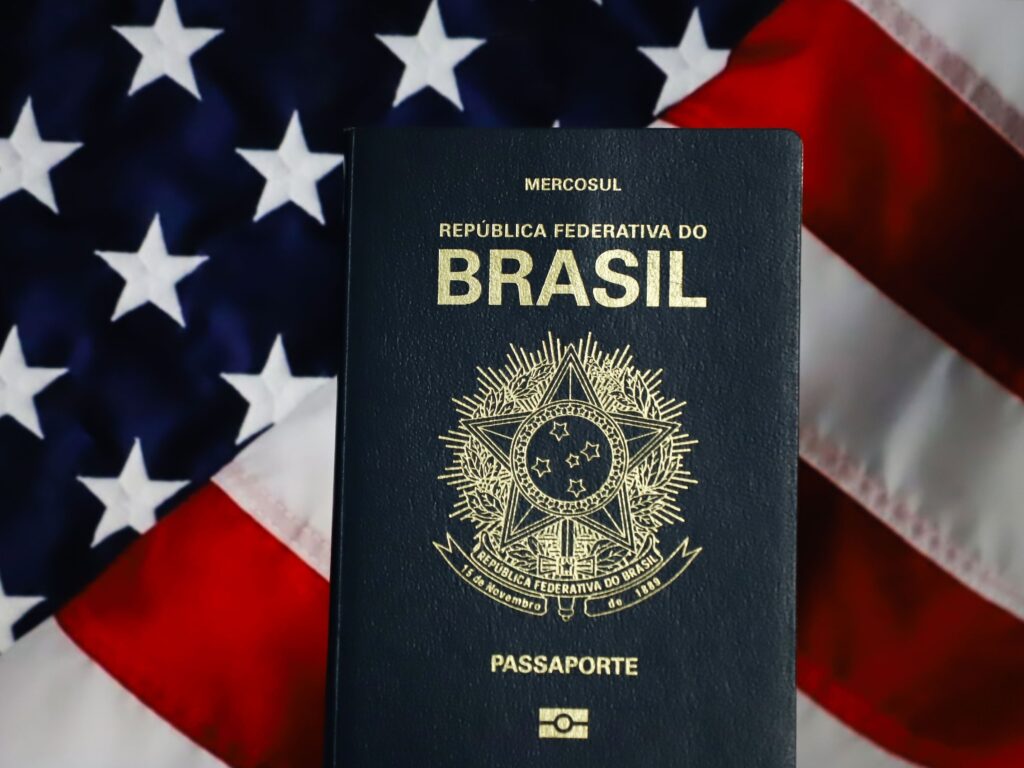
Know your visa status
It is important that travelers to the US understand the requirements for entering the country. The Visa Waiver Program (VWP) allows citizens of certain countries to enter the US for tourism or visitor purposes for up to 90 days without a visa.
If you are able to enter the country under the VWP, you must apply for authorization before traveling through the Electronic System for Travel Authorization (ESTA).
Requirements to travel under the VWP include possessing an electronic passport, being a citizen of a member country, possessing ESTA authorization, visiting for business, leisure or transit purposes, and staying in the US for no longer than 90 days. You must have obtained approval to travel at least 72 hours before your flight (you will not be able to board your flight otherwise), after which your ESTA is valid for two years.
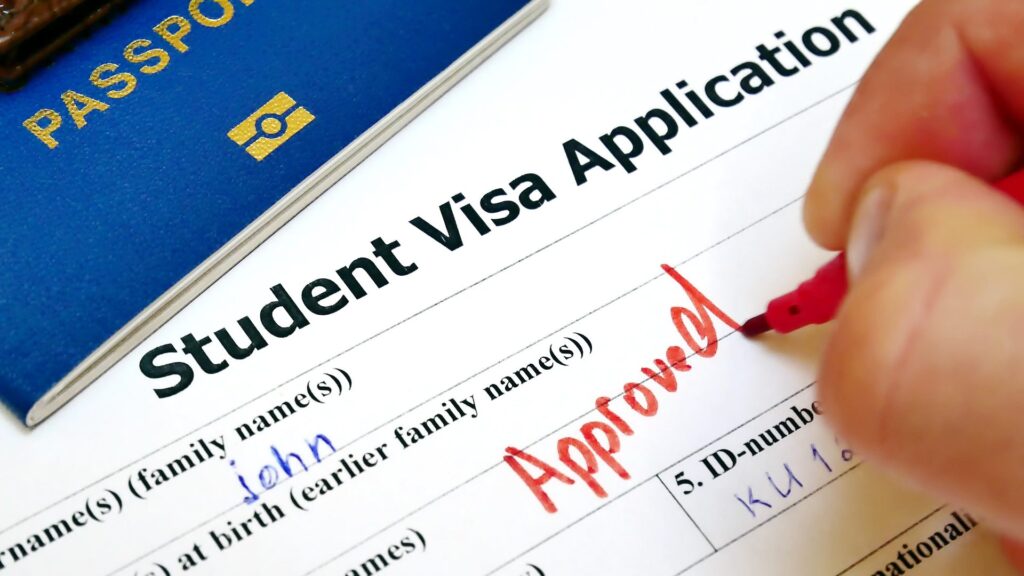
To learn more about member countries and for a complete list of ESTA requirements, see the US Customs and Border Protection ESTA website.
Buy a TSA-approved lock
It's a great idea to lock your luggage while traveling – what better way to have the peace of mind that your belongings are safe after you've waved them at check-in?
But when traveling to the United States, the Transportation Security Administration (TSA) enforces strict baggage guidelines for safety and security. All checked bags are screened, and if TSA inspectors deem that a bag needs to be physically inspected, they can break a lock and open a bag.
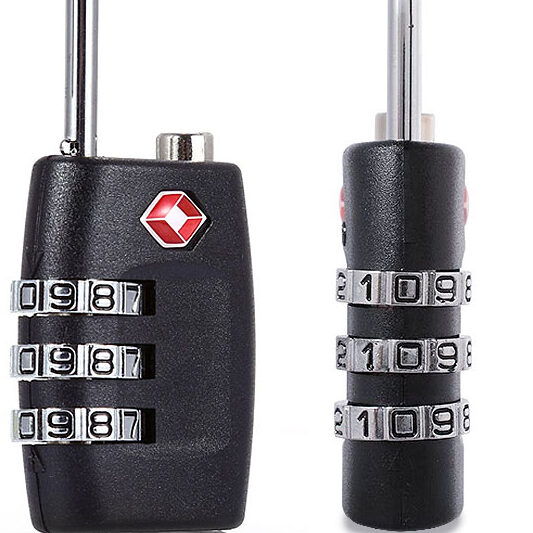
A note will be placed inside your luggage to let you know this is what happened.
To avoid losing a lock, it's best to use one approved by the TSA. They can be opened with a master key, which means the TSA officer doesn't have to break yours.
Know the traffic rules
If you have an international flight transiting the US (particularly common on flights to Canada or South America), you will need to clear US customs; technically, there is no 'transit' in America, as all passengers are required to disembark and clear immigration and customs.
Remember, that means meeting visa requirements for the United States, even if you only have a few hours between international flights and your luggage is checked through to your final destination.
Even if you're connecting to a US domestic flight, it's important to remember that your first port of entry will be where you'll clear customs and immigration.
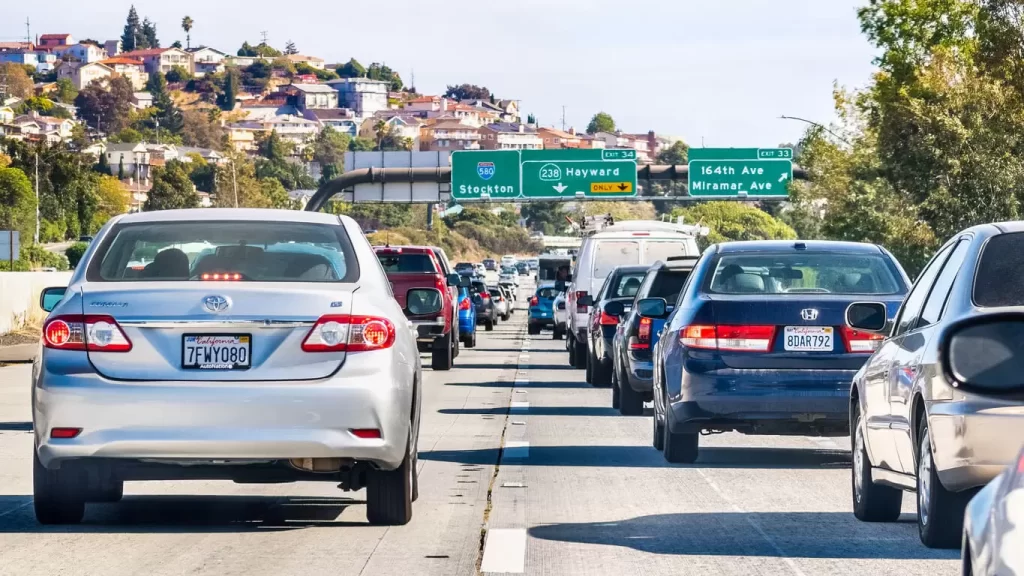
With that in mind, you should allow at least two to three hours of layovers between flights (whether transiting internationally or domestically) to allow for immigration, customs and baggage checks.
Try booking flights with an airline to make sure they know you're on the go.
Arriving in USA
Book your airport transfer
Whether you're a domestic or international traveler to the US, a transfer is a great way to get from the airport to your destination.
Upon arriving in the US, it doesn't take long to realize that this is a car-dependent country; 95 percent of American households own a car.
Public transport infrastructure is often limited and the roads can be very busy, difficult to navigate and quite daunting for a visitor, meaning that the easiest way to get where you need to be when you land in the US is via transfer. from the airport.
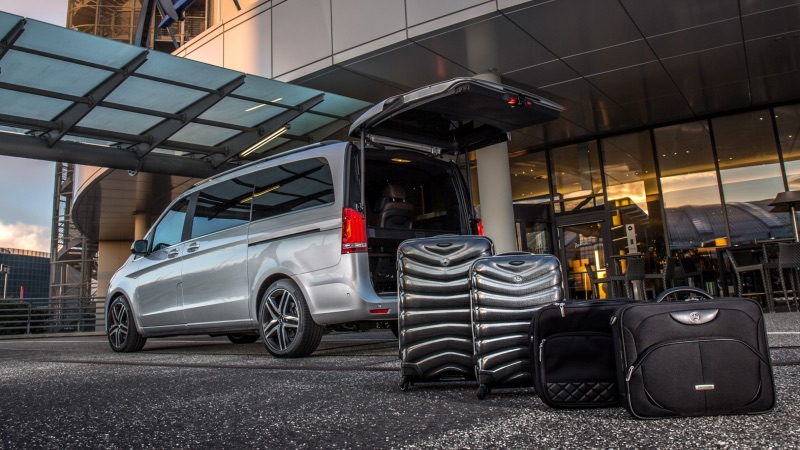
Turn off your mobile data
If you're an international visitor, don't make the common mistake of using your cellular data while in the US unless you have a cellular plan that allows it; as with travel to any international destination, mobile roaming charges are eye-watering.
Make the most of free Wi-Fi whenever possible, or check your cell plan to see if you can purchase a data package for international travel.
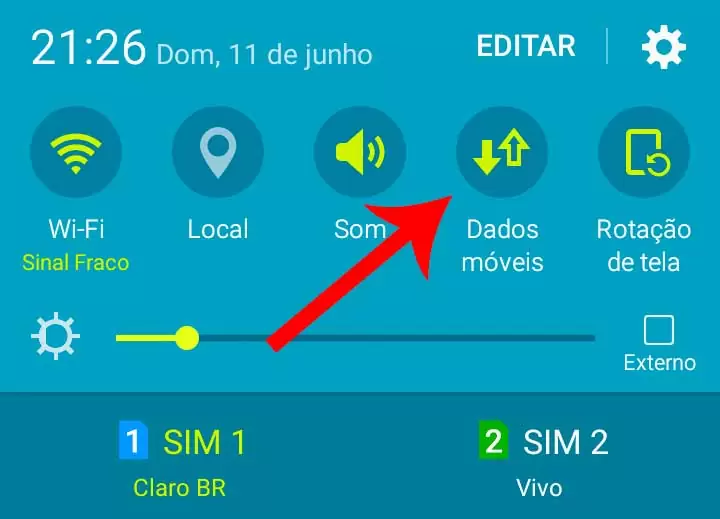
Understand the tipping etiquette
Tipping is a notorious minefield for US travelers, the old 'me, isn't it already included?' saga. While technically discretionary, it is an unwritten rule that 15-20% is expected in restaurants. The reason? The minimum wage is low in the United States, so tips are an important part of many workers' incomes.
Tipping is also common in other hospitality and service sectors, such as bartenders (US$ 1-2 per drink), maids (US$ 1-5 per night), concierge (depending on the difficulty of your request), valets (US$ 1 -5 each time the valet brings your car), hotel porters (US$ 1-2 per bag), porters (a few dollars if he/she helps you get a taxi) and taxi drivers (10-15%), so it's worth stocking up on dollar bills to have them on hand for tips.
When in a restaurant, check your bill before tipping, as some restaurants automatically include a tip. If you are paying by credit card, you will need to write the tip amount you are leaving on your credit card receipt and add it to the total.

The tip is also valid for your transfer or transport driver. Tipping from 10 to 15% is pretty standard for a private transfer unless a service charge is already included, while rideshare drivers expect between 2-3 USD $ per person.
Be prepared to pay more than you think.
What you see isn't necessarily what you get when it comes to US pricing; most prices are listed excluding tax, so the price tags you see do not include sales tax.
Expect to go to the till and be asked for more money than you expected to pay. Different cities and states have different tax rates, so prices depend on where you're visiting.
Assuming a 10% addition would be a safe (if overly cautious) bet and is easy to calculate.
If you are staying at a resort, it's worth being aware that you will normally be charged some sort of resort fee to cover pools, tennis courts, internet and other 'extras' which are additional costs to the advertised rate.
Quick Tips:
- 911 is the US emergency number.
- Make sure you have health and travel insurance before your visit – health costs are some of the highest in the world.
- The US is one of the few countries that still use the imperial system. So think about height in feet, distance in miles, temperature in Fahrenheit, and weight in pounds.
- Credit cards and bank cards are generally the preferred mode of payment. Call your bank before you travel – even in the country – to let them know you'll be using your bank card.
- The US spans six time zones; make sure you know what time zone your destination is in for your flights and airport transfers.
- Hot Tip: Make the most of America's amazing National and State Parks, they are some of the best in the world.
What to know before traveling to the US
What did you think of our tips?!
Enjoy and share with friends and comment here, any other important tips you know!
Read too:
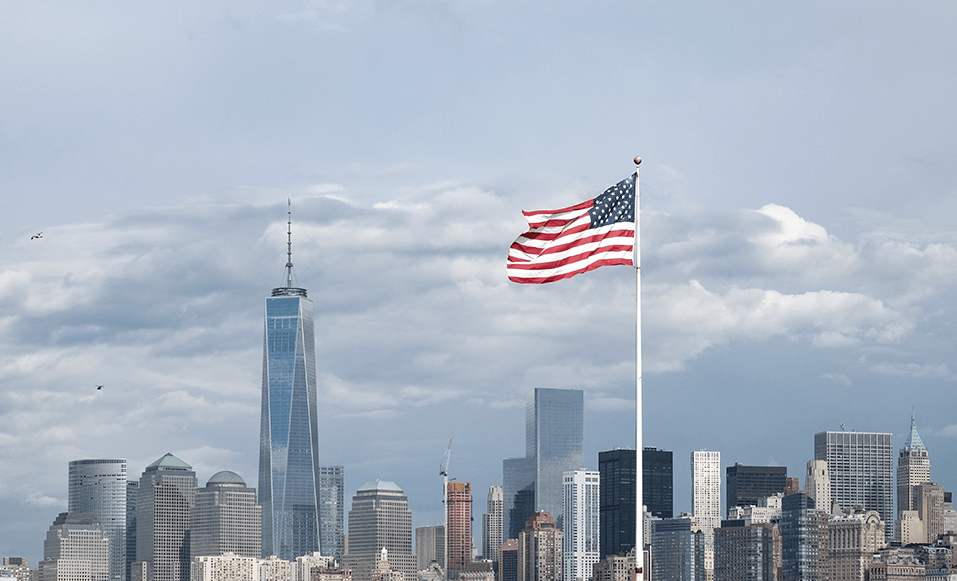
Pingback: 10 places to visit in New Orleans - Wenttrip
Pingback: The best destinations in the world to see flowers - Wenttrip
Pingback: Your Guide to Joshua Tree National Park - Wenttrip
Pingback: The best road trips to take in the USA - Wenttrip